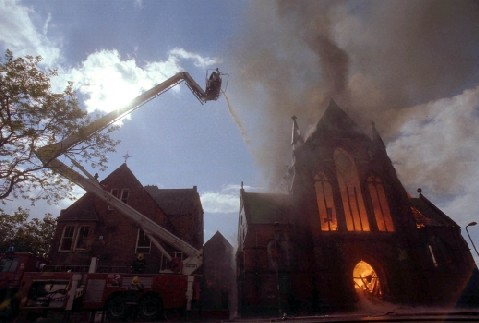No products in the basket.
4th September 2020
Middlesbrough Cathedral Iroko Blocks
“There is nothing covered, that shall not be revealed; neither hid, that shall not be known.”
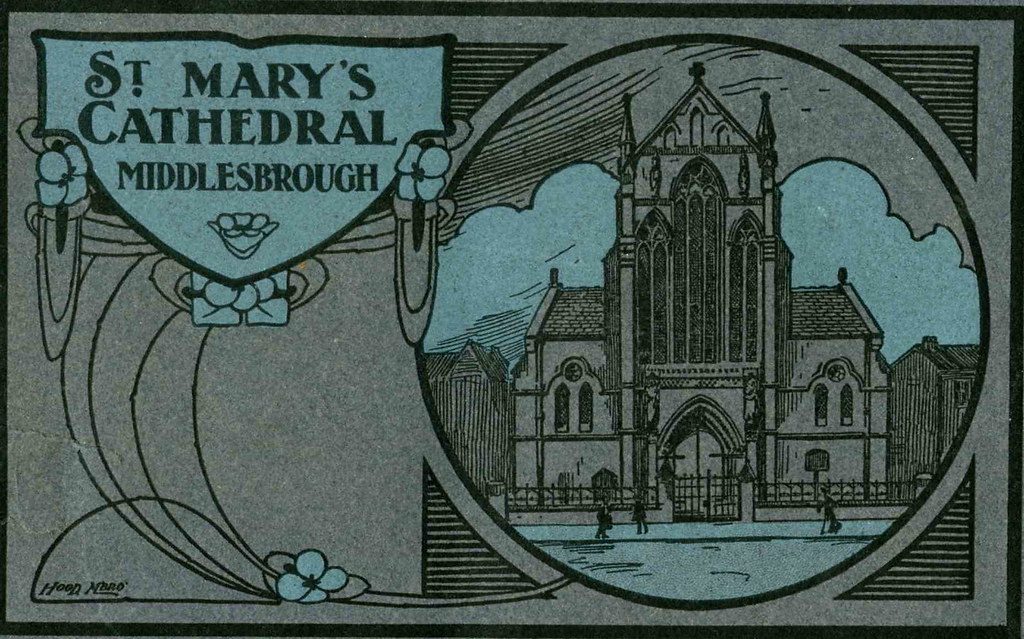
Another darkened shed, another rare find, another rich story and the more that changes the more that stays the same in the salvage trade. LASSCO has discovered and resurrected for re-use a true relic of an evocative corner of Britains built environment.
Over the last few weeks LASSCO has been clearing an unremarkable storage unit on the outskirts of London after a tip off from one of our sources with information from north of the Trent. After following the tale, connecting the dots and following the clues we are confident that what have acquired and now offer to our customers is the complete floor of Old Middlesbrough Cathedral.
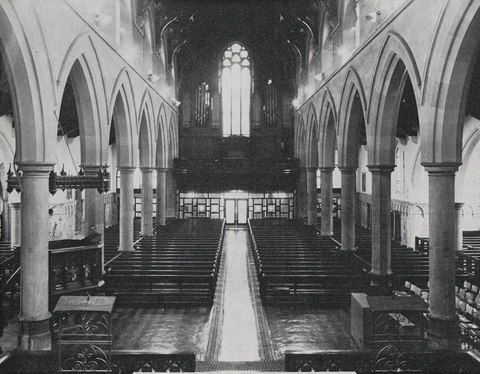
Following the re-establishment of the Catholic hierarchy in 1850 the Roman Catholic church undertook a large expansion of church buildings all over the United Kingdom but most markedly in the industrial centres swelled by arriving Irish Catholics. Middlesbrough was one such district where the growth in the Catholic population of the town necessitated, in 1879 , the creation of a bishopric and Cathedral.

Built on the site of a small chapel by the architectural practice Goldie and Child of London and Sheffield, the Sussex Street Cathedral was a dignified and imposing Catholic presence in the St Hilda’s district at the heart of old Middlesbrough for over 100 years and saw the enthronement of 5 Bishops.

St Mary’s Cathedral was built in a confident Gothic Revival style under the supervision of George Goldie, a prolific and committed friend and disciple of Augustus Pugin. The two met during Goldie’s school-days when Pugin was designing the college chapel of St Cuthbert’s Ushaw.
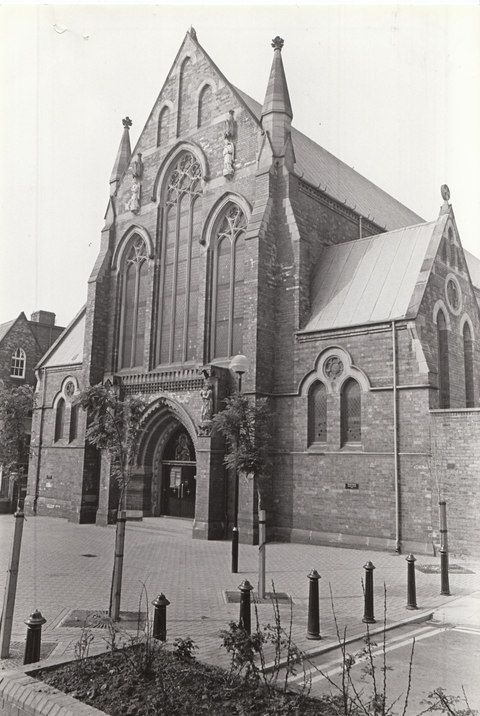
Goldie would go on to design and build many churches in a variety of Gothic styles for the Roman Catholic church hierarchy, most notably perhaps The Oratory Church of St Wilfrid in York, said to be ‘one of the most perfectly finished Catholic Churches in England, rich in sculpture, stained glass and fittings’. St Mary’s was conceived and built in a with a similar wealth of ornament and attention to high quality fittings. Goldie was a committed Roman Catholic and for his diligence and creative efforts he eventually received the Cross and Order of St. Sylvester for his work ‘as a Catholic architect’.
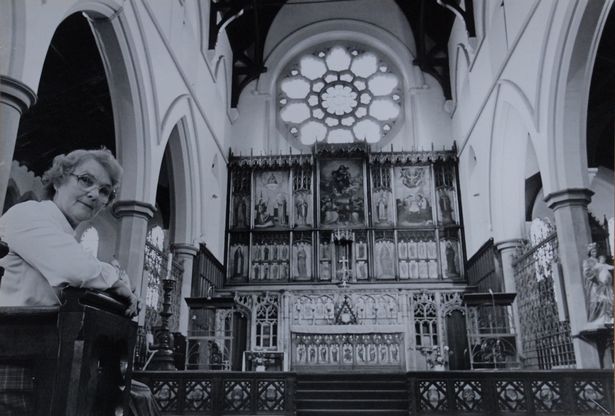
The hard-wood parquet floor of the Church in a rich dark mahogany and would have been intended to offset the brilliance of the elaborate ceremonial plate and the polychromatic rays of the bright stained glass high in the aisles. The timber itself is Iroko, otherwise known as African Teak, and the blocks are in tongue and grooved from with residual bitumen on the underside.
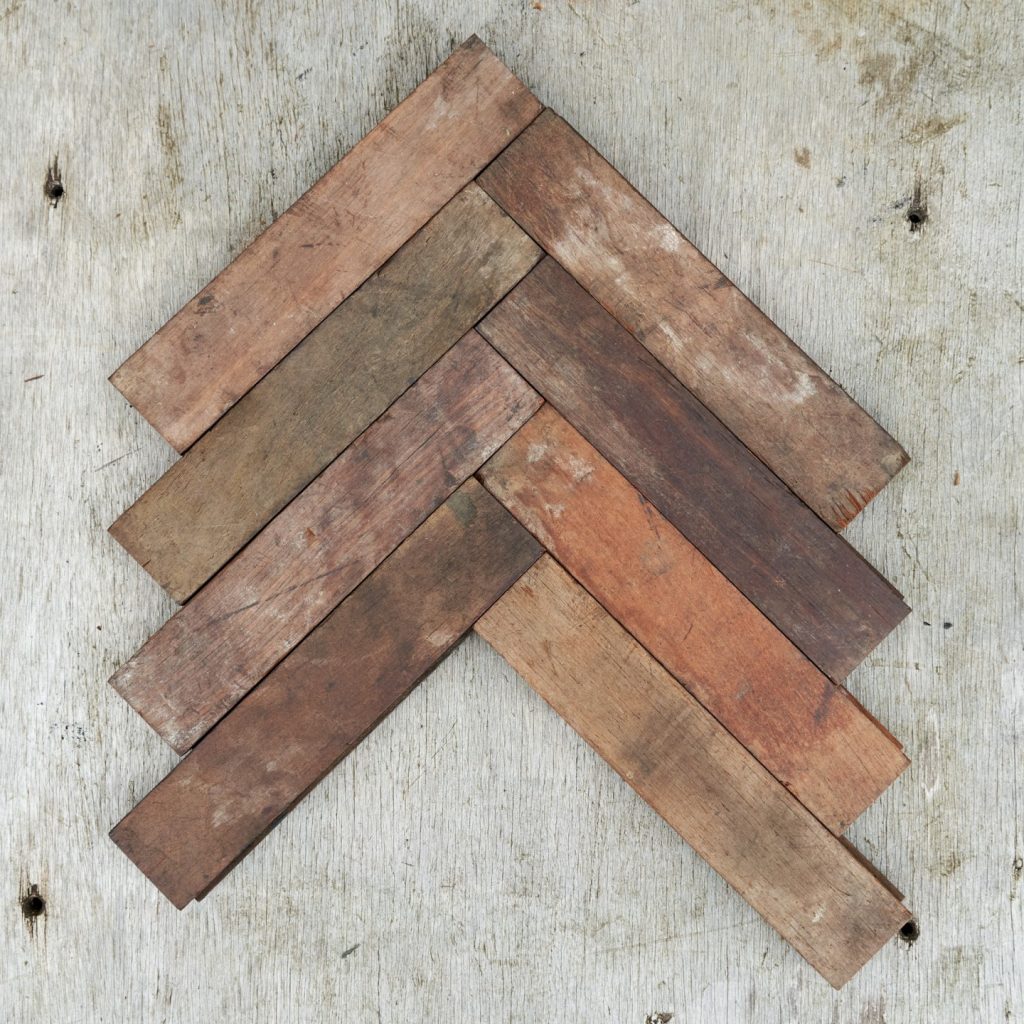
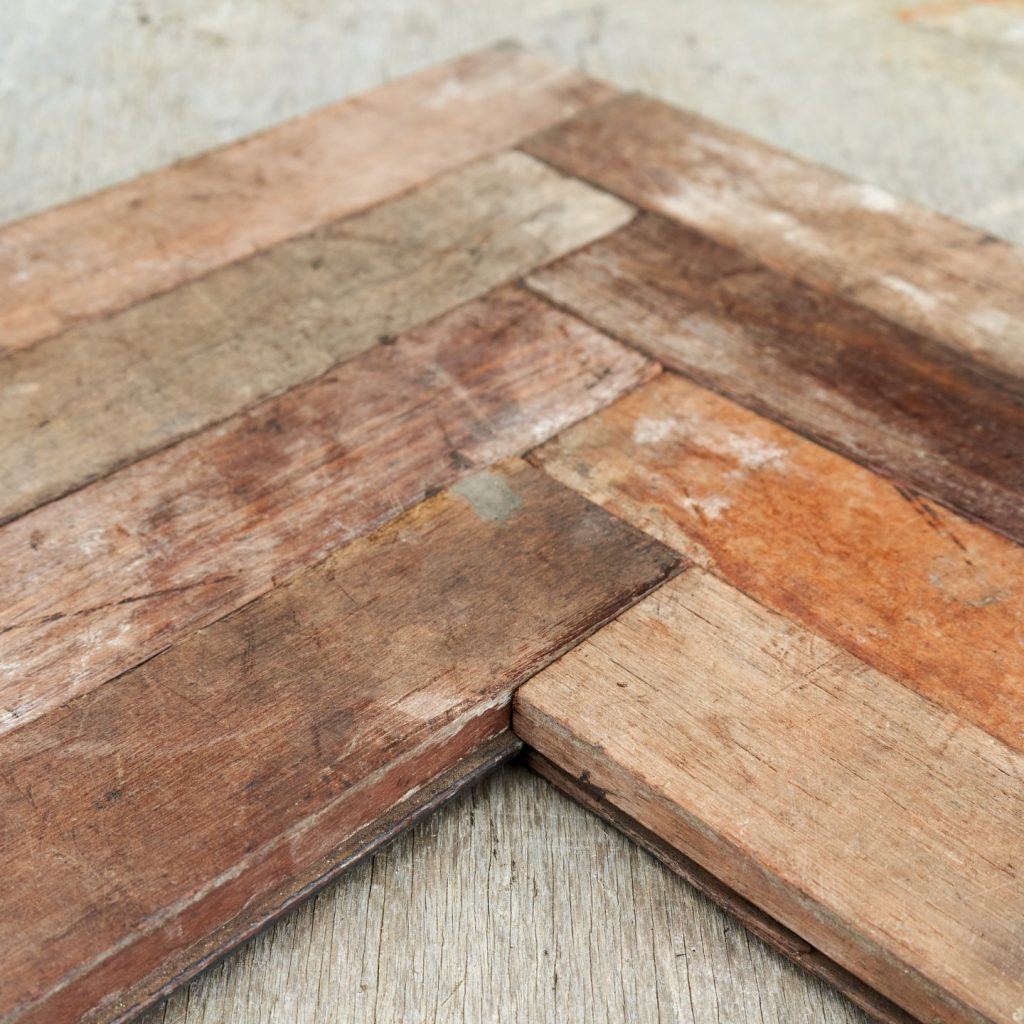
The Cathedral would have been built with donations from the local Catholic population. Some donations would have been from local Catholic nobility and grandees but a large part would have been merely the pennies of ordinary local people. As such it had a special place in the lives and memories of local people. One of the most important event in the Catholic calendar – The Corpus Christi procession – always started at the cathedral and attracted crowds of worshipers.
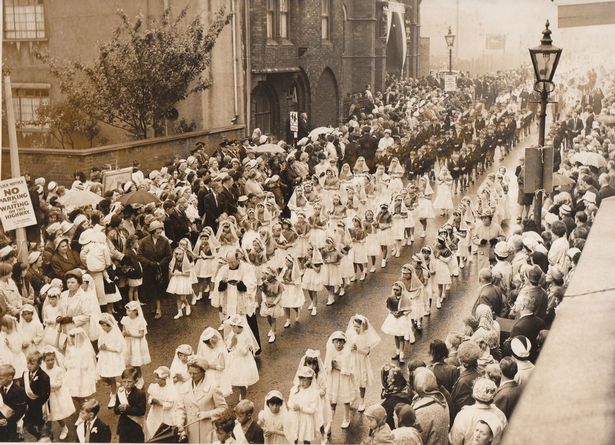
After a century of devoted worship and national significance St Mary’s had seen its congregation dwindle through urban decline and the forced decanting of the population to the suburbs. By the mid 1970’s St. Mary’s parish population was down to some 1,500, a mere tenth of the population of 100 years before. In light of this, in 1986, a new Cathedral was built further out and the old church declined into dilapidation. Eventually the inevitable occurred and the abandoned church ‘went on fire’ and then, despite a national listing at Grade II the whole structure, “the handsomest and largest ecclesiastical edifice in the town”, was demolished in the year 2000.

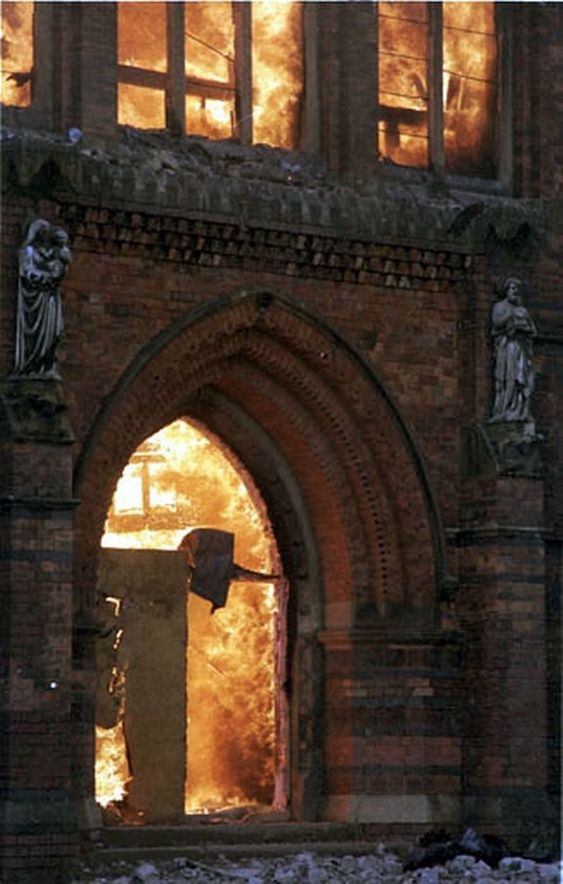
Very little of the original structure survived the fire of 2000 and the subsequent hurried demolition and this floor may well be the last extant reminder of the pride of Catholic Middlesbrough. Through our contacts in the salvage and demolition trade LASSCO has been able to identify and acquire this large lot of characterful, storied, flooring simply crying-out for re-use.
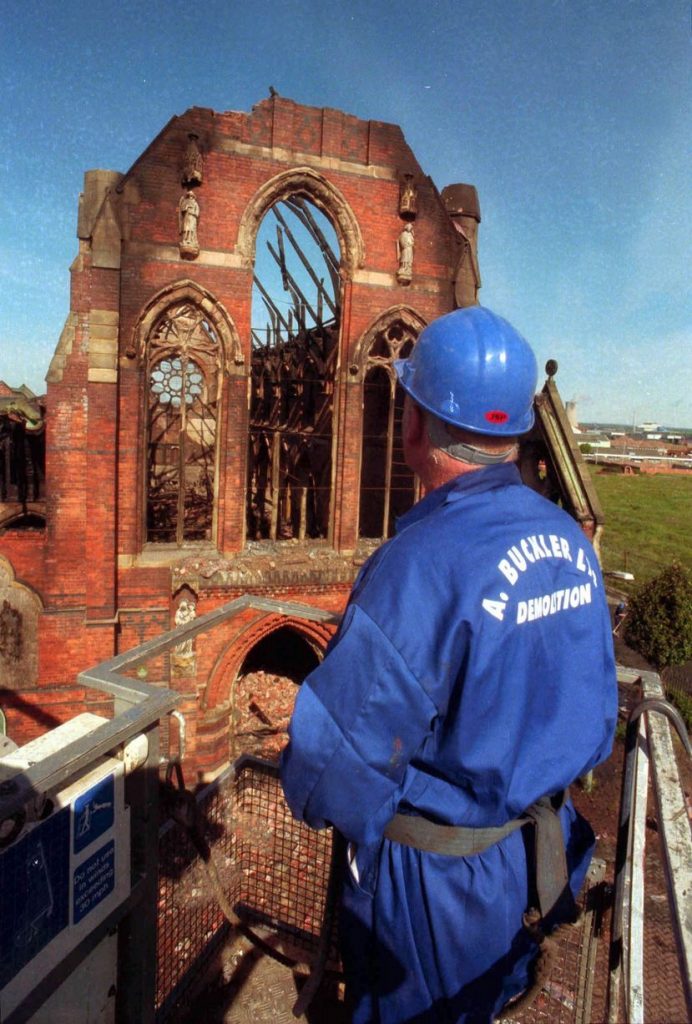
The cycle of change from the swollen metropolis of the early industrial revolution to the pomp and pride of High Victorian monumental architecture through postwar decay and displacement to the memory-burdened unease of promised regeneration is a familiar one in every corner of the Kingdom. Who will ever build such a thing again? More and more we see such magnificent structures, with their
“…melancholy, long, withdrawing roar,
Retreating, to the breath
Of the night-wind,”
And what will take their place? Perhaps by preserving and reusing their relics, in instances of demolition and erasure of history, we keep up and nurture their memory in some way.
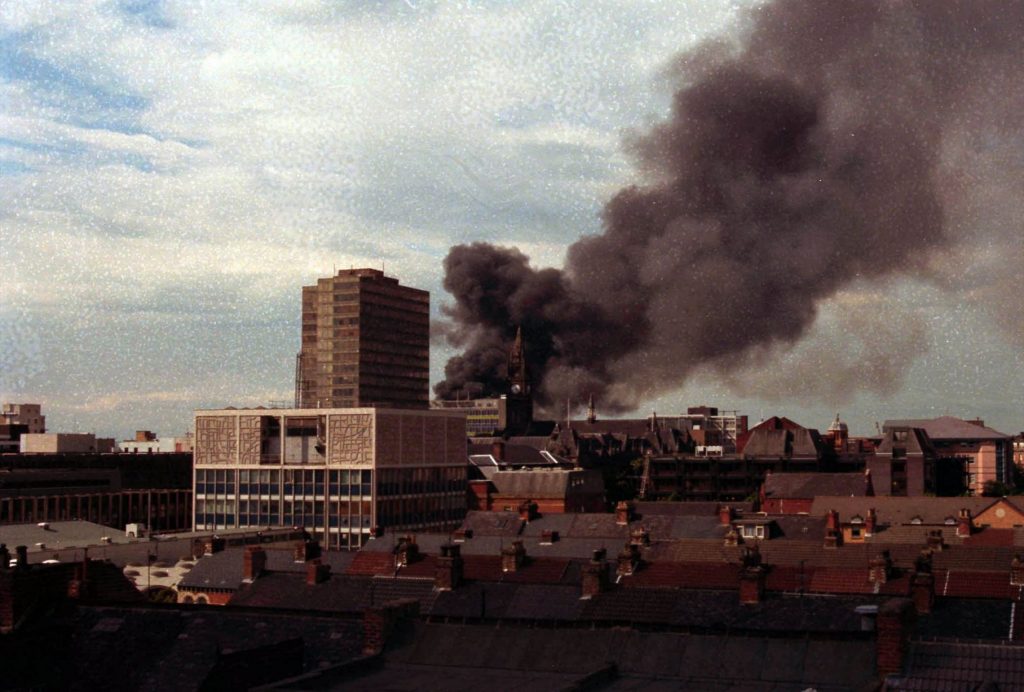
For all enquiries pertaining to this historic and characterful building material please call LASSCO Ropewalk on 020 7394 8061 or email nick@lassco.co.uk or click the LINK provided
https://www.lassco.co.uk/reclaimed-iroko-parquet-block
